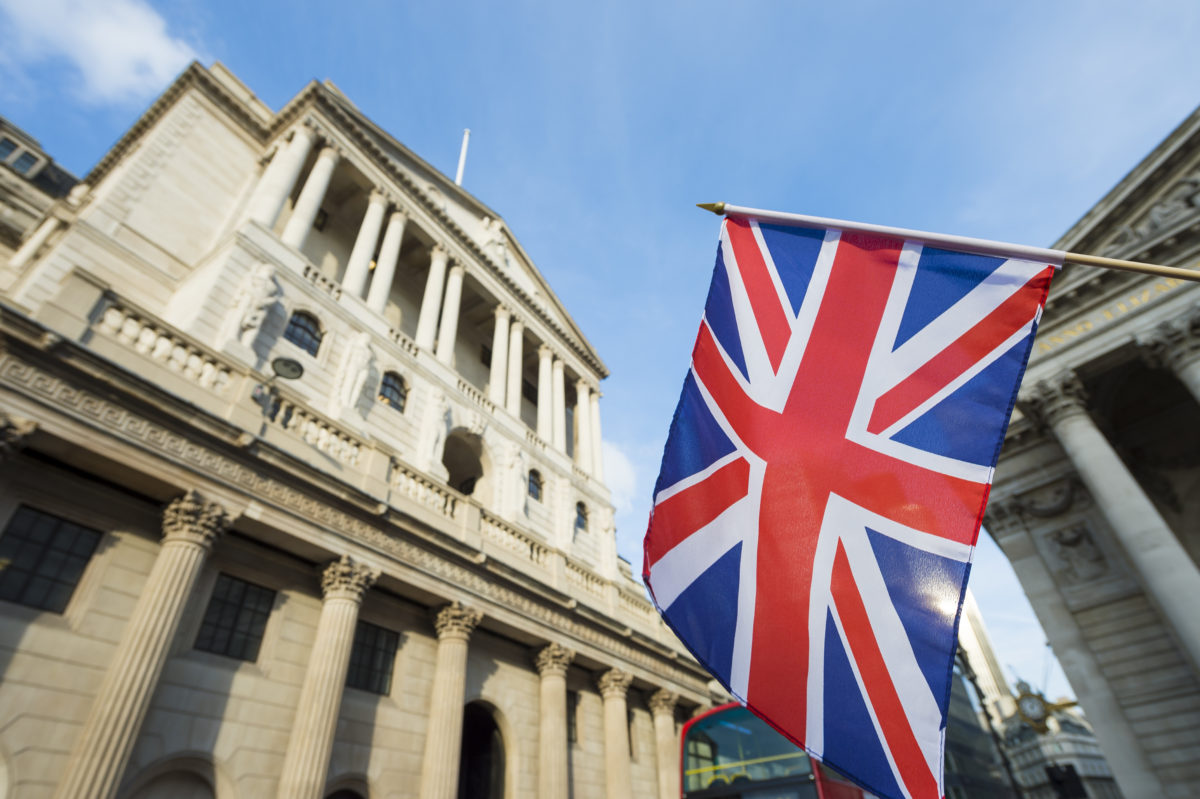Labour market data shows worrying signs, but no wage-price spiral
SUGGESTED


Mark Littlewood in Politics Home

“This month’s labour market data, while not startling, continue to show worrying signs. The unemployment rate has crept up a little in the latest three-month period – though this may not be too concerning, since it reflects a small fall in the economic inactivity rate. Nevertheless, the redundancy rate is slightly higher, and vacancies are down for the 12th consecutive period. Moreover, the more recent payroll data also suggest that employment may now actually be falling slightly.
“Regular pay is rising at an annual rate of 7.3 per cent, the highest rate seen outside the Covid period. Private sector earnings have again outstripped those in the public sector, and both are still failing to keep pace with prices. This will do little to deter union militancy in the public sector, with many ongoing disputes and more strikes promised.
“Sizeable pay increases will feed into price increases, so long as productivity continues to plateau. While there is little danger of a 70s-style wage-price spiral, the pay figures may influence the Bank of England to increase interest rates further and precipitate the recession we have so far avoided.”
ENDS
Notes to Editors
Last Summer, Len authored ‘Summertime Blues: Unions, strikes and the law in 2022’. Len argued that while greater concessions to union demands may not lead to a 1970s-style wage-price spiral, it will boost public spending and lead to monetary tightening, likely damaging the rest of the economy.
Contact: media@iea.org.uk / 07763 365520



